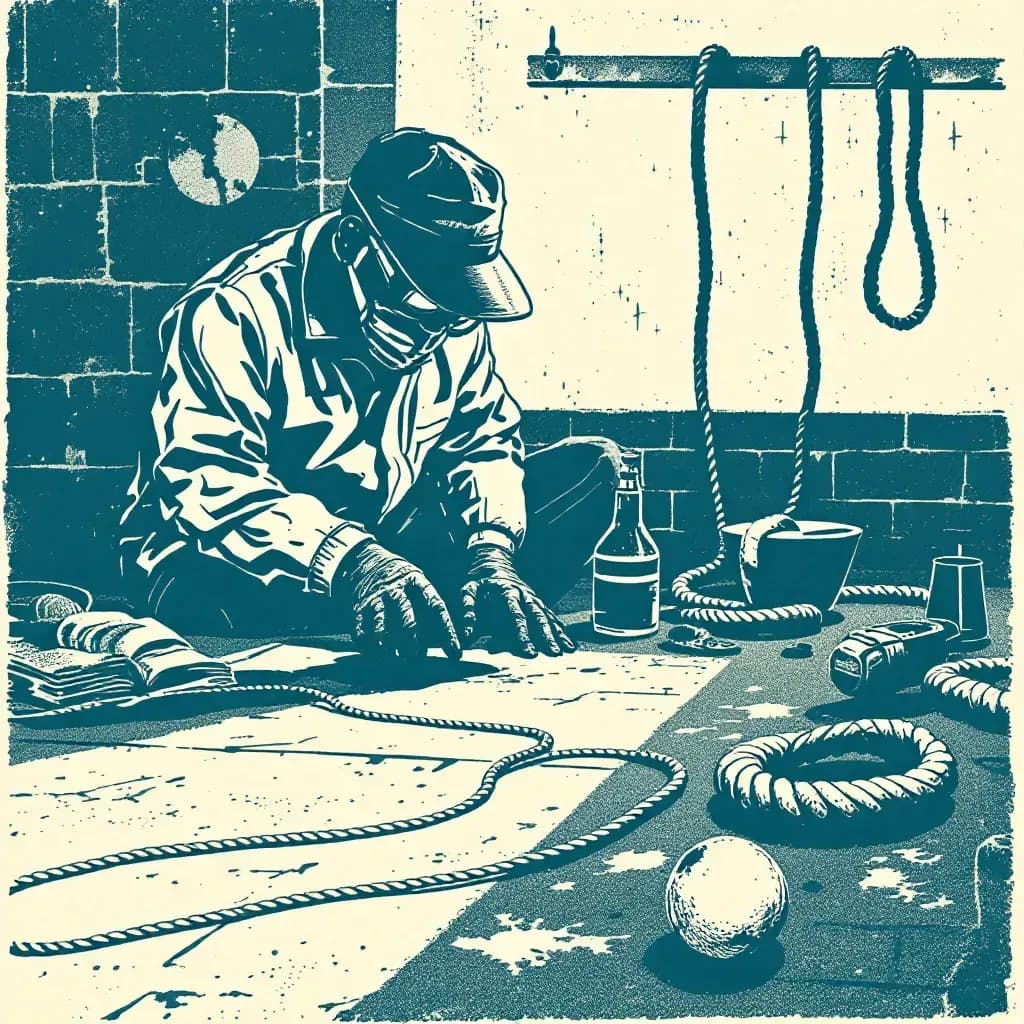
Asphyxiation
The ultimate demonstration of power – forms, traces, and its dark role in true crime
What is asphyxiation in true crime? Understand this intimate method of killing, its gruesome forms, and how forensic pathologists uncover the hidden traces left by the perpetrator.
The ultimate demonstration of power – forms, traces, and its dark role in true crime
The brutal truth about asphyxiation: when air is cut
In true crime, asphyxiation refers to a brutal method of killing where the perpetrator actively prevents the victim's oxygen supply, resulting in unconsciousness and ultimately death. This specific form of violence is often characterized by its personal nature, as it typically involves direct and sustained physical contact between the perpetrator and victim, a significant difference from many other ways of committing murder. Asphyxiation can be carried out in several ways, from a direct attack on the throat to a complete blockage of the airways, but common to all methods is the victim's desperate struggle for oxygen.
Methods of asphyxiation: from hands to hidden tools
Several forms of asphyxiation are typically distinguished. Manual strangulation involves the perpetrator using their hands to squeeze the victim's neck. Ligature strangulation uses an instrument, such as a rope, belt, or cord, to tighten around the neck. A third method is suffocation by obstruction of the airways, for example, by pressing a pillow against the face or by covering the mouth and nose. Investigating asphyxiation cases can be complex, as external signs of violence are not always evident, especially in what is known as 'soft asphyxiation' or if the perpetrator has been careful. Therefore, in forensic medicine, specialists look for more discreet traces as evidence. These can include small, pinpoint hemorrhages known as petechiae in the eyes or on the skin, fractures of the hyoid bone, and internal injuries to the neck muscles and cartilage, which can establish asphyxiation as the precise cause of death.
When asphyxiation is weapon: motives to solving
Unfortunately, asphyxiation is a method of killing often seen in connection with domestic violence, including cases that escalate to intimate partner homicide, as well as in cases of sexual offenses. In these instances, power, control, and intense rage can be the primary driving forces behind the act. The time it takes to carry out an asphyxiation can indicate a particular form of cruelty and a determination by the perpetrator to maintain dominance until the very last moment. For police investigators, it is crucial to identify the specific method of asphyxiation, as this can provide vital clues about the perpetrator's physical capabilities, any premeditation, and their relationship with the victim. A thorough forensic medical examination and analysis of findings are therefore essential, not only to confirm the cause of death but also to reconstruct the course of events and ultimately help ensure that justice is served. Thus, solving homicides by asphyxiation is a complex process that places significant demands on both crime scene investigation and specialized forensic medical expertise.
What does asphyxiation look like in practice? Explore harrowing cases of domestic violence and sexual offenses where asphyxiation was the brutal method. Read our in-depth cases below.
Posts Tagged “Asphyxiation”
27 postsShowing first 20 of 27 posts. Use search or filters to find more.


.webp&w=3840&q=75)


.webp&w=3840&q=75)













